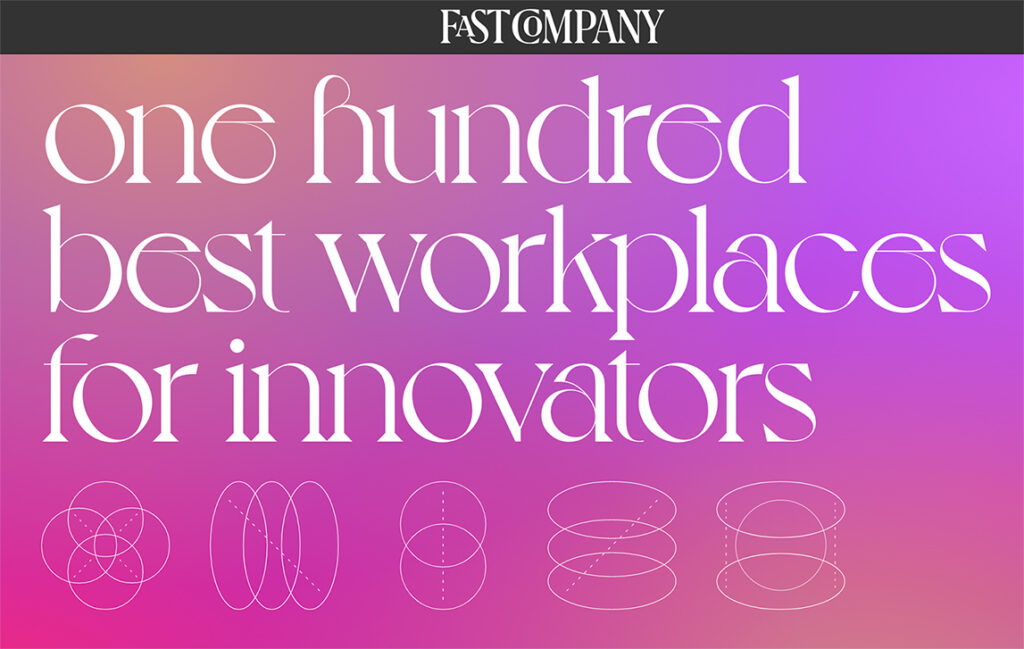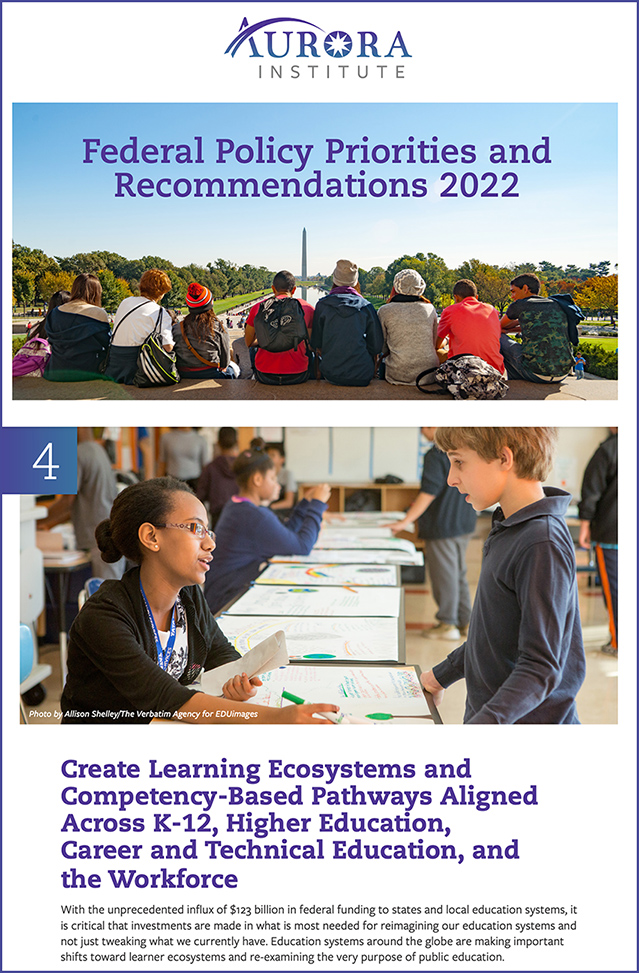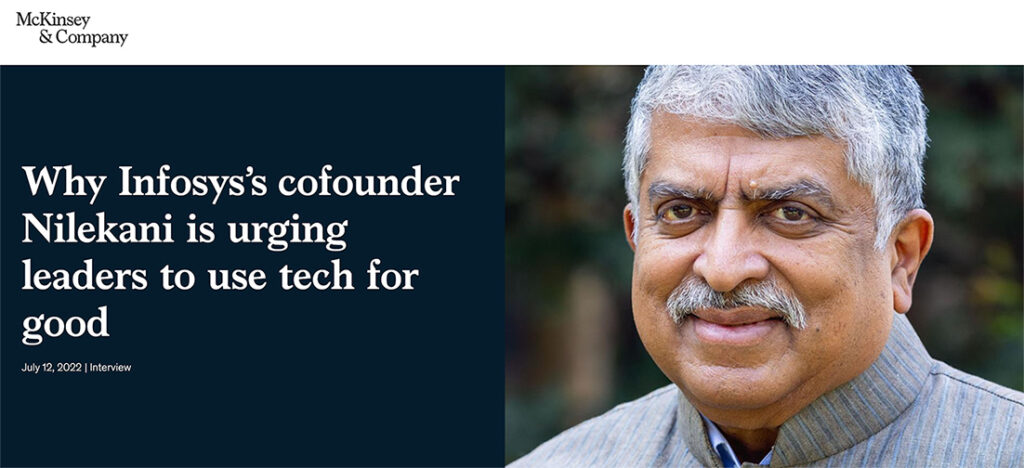DC: An interesting new form of mobility.https://t.co/PuhfM3Yz1k
— Daniel Christian (he/him/his) (@dchristian5) August 13, 2022
one hundred best workplaces for innovators — from fastcompany.com
Excerpt:
In this era of distributed workforces and mass attrition (the so-called Great Resignation), our fourth annual Best Workplaces for Innovators list highlights more than 100 companies that energize employees by rewarding creativity wherever it arises. The venerable toy giant Mattel operates a “virtual garage platform” that allows workers at any level to pitch new concepts, while Maverick Quantum, a Texas-based artificial intelligence platform, goes one step further, soliciting ideas not only from employees but also from their family members. “These innovative organizations have cultures that offer meaningful employee engagement, and a chance to change the world,” says Paul Daugherty, group chief executive of Technology and CTO at Accenture, Fast Company’s research partner on Best Workplaces for Innovators.
One of the articles in this series is at:
Best Workplaces for Innovators 2022: Innovation Team of the Year — from fastcompany.com by Jay Woodruff
A group of Alaska Airlines employees take top honors.
Excerpt:
Whether focused on microscopic computer chips or cement trucks full of concrete, these six teams stood out to Fast Company judges for devising innovative solutions to global problems.
The edtech top 50 — emerging companies for higher education — from medium.com by Nic Newman (back from June 27, 2022)

“Lawyers and the Metaverse”, 3 warnings re: virtual hearings, using tech to advance legal ed, & more
How will the Metaverse Influence Business and Legal Processes? — from jdsupra.com
Excerpt:
While some will be hesitant to use the metaverse and adoption is difficult to predict, it is not going away and will undoubtedly affect internal processes, business dealings, case strategy, and more. Organizations should start thinking about the possibilities now to be better prepared for future challenges. Below are some predictions on how the metaverse will influence operations, strategy, and investments across different areas of the enterprise.
Lawyers & the Metaverse — from joetechnologist.com by Elizabeth Beattie and Joseph Raczynski
Excerpt:
In a new Q&A interview, Thomson Reuters’ technologist and futurist Joseph Raczynski offers his insight about the Metaverse and how it will impact the legal industry.
I have likely spoken to thousands of lawyers over the last several years. They are extraordinarily bright, but with one limiting factor — their dedication to their craft. This means that they do not have the time to lift their heads to see what is coming. All these emerging technologies will impact their practices in some way, as well as the business of law. At a minimum, lawyers need the opportunity to focus on the big four: AI, blockchain, workflow, and the grab bag of general emerging technology. There are a multitude of places to learn about these things, but I would include some of the classics such as Google Alerts, Twitter threads on these topics, and magazines like Wired, which should be a staple for everyone.
These legal issues should be on college business officers’ radars — from highereddive.com by Rick Seltzer
A panel at the National Association of College and University Business Officers’ annual meeting covered legal questions spanning many offices on campus.
Let’s not presume that virtual hearings are the best solution in family law — from canadianlawyermag.com by John Silvester
Excerpts:
Proponents argue that virtual hearings are less expensive for clients, leading to enhanced access to justice for those who cannot afford to pay for their lawyers to travel to a courthouse and then sit and wait for hearings to commence. Sounds reasonable, right?
Not so fast.
…
Virtual hearings are advantageous in some scenarios, but there are at least three reasons why moving to an almost entirely virtual legal world may prove problematic.
LawNext Podcast: CALI Executive Director John Mayer on Using Tech to Advance Legal Education and Access to Justice — from lawnext.com by Bob Ambrogi and John Mayer
Excerpt:
In this episode of LawNext, Mayer joins host Bob Ambrogi to discuss the history and mission of CALI and to share his thoughts on the use of technology to enhance legal education. They also talk about how and why A2J Author was developed and how it is used by courts and legal services organizations to help those who are without legal representation. Mayer also shares his thoughts on the future of innovation in law and on the future of CALI.
Louisiana Approves Virtual Custody Services and Proposes Virtual Currency Business Licensing Rules — from natlawreview.com by Moorari Shah and A.J. S. Dhaliwal
Excerpt:
Recently, the Louisiana lawmakers and regulators have taken steps to legalize operations in the state involving virtual currencies. On June 15, the Louisiana governor signed a bill that, effective August 1, 2022, will allow financial institutions and trust companies to provide virtual currency custody services to their customers as long as they satisfy certain requirements on risk-management and compliance. On June 20, the Louisiana Office of Financial Institutions (OFI) published proposed rules on licensing and regulation of virtual currency businesses in the state pursuant to the Louisiana Virtual Currency Business Act, which went into effect on August 1, 2020.
Why Infosys’s cofounder Nilekani is urging leaders to use tech for good — from mckinsey.com by Gautam Kumra
The cofounder of the multinational IT company believes Indian start-ups will soon develop technologies to transform education, healthcare, and other social challenges.
Excerpts:
McKinsey: The world has also become a more complex place, with recent geopolitics, inflation complexity, rocketing energy prices, excessive liquidity, and digitization challenges. How do you personally keep adapting and learning?
Nandan Nilekani: In the last 40 years, I think we have gone through every transition: mainframes to minicomputers to LANs [local area networks] to internet to smartphones to AI. It has been fun understanding and riding these waves.
In my view, if a billion people can use something, then that’s a benefit. A billion people can learn using technology. A billion people can get better healthcare using technology. A billion people can move around and change jobs using technology.
From DSC:
I hope I can meet Nandan Nilekani someday. I feel that he is a kindred spirit. Several things that he said really resonated with me.
Trends in State Courts — from ncsc.org
Excerpt:
Trends in State Courts is an annual, peer-reviewed publication that highlights innovative practices in critical areas that are of interest to courts, and often serves as a guide for developing new initiatives and programs and informing and supporting policy decisions. Trends in State Courts is the only publication of its kind and enjoys a wide circulation among the state court community.
Trends in State Courts 2022
External events continue to drive change and innovation in the courts. The 2022 edition of Trends in State Courts highlights post-pandemic eviction courts and eliminating racism and bias in the courts.
Also from ncsc.org:
The key role of non-lawyer practitioners — by Dimarie Alicea-Lozada
Excerpt:
Over the last 20 years, a variety of different states have developed efforts to try to provide for non-lawyer practitioners with varying degrees of success. The intention was simple: provide affordable legal services to those who cannot afford an attorney but need help. With 1 out of 10 people in the United States involved in newly filed cases each year and 3 out of 5 in civil cases not having a lawyer, state courts have been trying to help people who otherwise will not be able to afford access legal representation. Since the COVID-19 pandemic, several states have made changes in this area.
Oregon gets it done! ?
Non-lawyer licensing movement gains steam with Oregon approval https://t.co/tXrJasoR41 #legalinnovation
— Natalie Anne Knowlton (@natalalleycat) July 20, 2022
New: Futurist Friday Podcast Interview with Gerd Leonhard: TheGoodFuture? — from futuristgerd.com by Gerd Leonhard
Excerpt:
Over the course of the summer of 2022, DonMacPherson and 12 Geniuses are releasing 12 interviews with futurists and forward thinkers in order to help their global audience of leaders become better visionaries for their organizations and be more prepared for the uncertain future.
In this episode, Gerd Leonhard joins the show. First, he points out that “the future is already here, we just haven’t paid enough attention to it.” He talks about how technology is promising to make us superhuman, that we are in the biggest shift era in recent history as far as energy and climate is concerned, and that machines and artificial intelligence are starting to emulate humanity.












